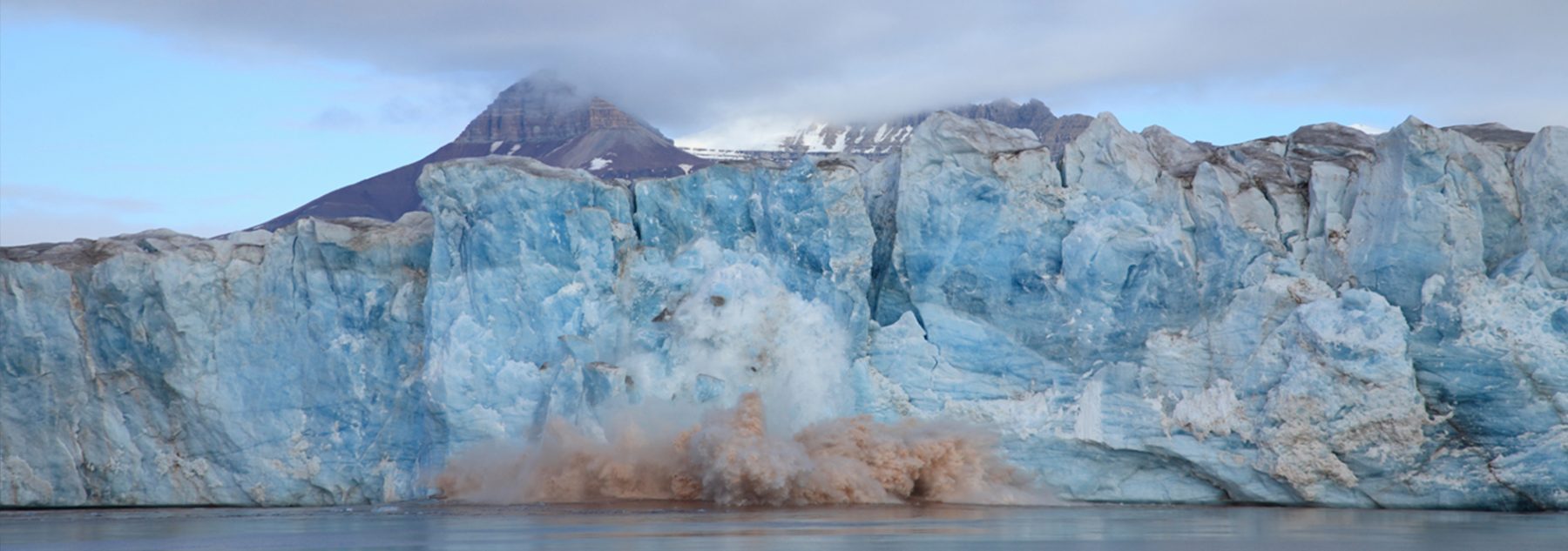12 Personal Climate Change Prevention New Year’s Resolutions

Tired of hearing about climate change and how it’s going to destroy the world as we know it? Well, try doing some of the following and let’s put a halt to climate change and all that bad news. These New Year’s resolutions have nothing to do with losing weight, and everything to do with the health and wellbeing of us all. The following are 12 actions experts recommend each of us can do to prevent further climate change:
- Measure Up: There’s some truth to the saying “What gets measured gets managed,” and quantification has become something of a cultural obsession. Oroeco, an app available on both Android and iOS, takes that zeal and applies it to tracking personal carbon emissions. Oroeco helps quantify the carbon emissions associated with purchases, investments, dietary choices and preferred modes of transport. It allows users to set goals, track performance and even compare their performance with friends.
- Reduce Consumption: Reuse everything possible, fix and repair items, recycle those items that can’t be used again.
- Conduct an Energy Efficiency Audit and develop an improvement plan: Weatherizing, using energy efficient appliances and light bulbs, and unplugging devices top the list for reducing your energy usage.
- Consider Solar: Take advantage of government programs or join a Solar Power Club to add the power of solar energy to your home or business. Whether it’s a solar heater to complement your regular water tank, or a solar panel to generate electricity, or simply using passive solar energy to heat your home, it will all help to reduce our consumption of fossil fuels.
- Switch Diets: By switching to a diet full of nuts, beans, fish and less meat, global warming could be reduced by up to 15 percent by 2050. By eating fish instead of steak, you’ll produce an eight-fold reduction in emissions, and switching to beans or lentils drops your footprint to almost zero.
- Waste Not: Worldwide, agriculture accounts for 18 percent of greenhouse gas emissions. We can help slash emissions by simply wasting less food. According to the Food and Agriculture Organization of the United Nations, about a third of the food produced worldwide never gets eaten. North American consumers and restaurants are some of the worst — throwing away almost 40 percent of the food they purchase.
- Compost: Whether you have a backyard bin, vermiculture (worm) bin, or utilize curbside pickup, composting benefits the environment. Food scraps and yard waste are typically about 30% of the waste going to landfills and incinerators. There is a two-fold climate benefit to composting by reducing the amount of methane gas released into the atmosphere.
- Install a Rain Garden: Climate change means more dramatic weather events, including flooding. Rain gardens are beautiful additions to any size yard and will relieve burdens on municipal water treatment systems, filter runoff pollutants, and protect local waterways.
- Plant a Tree: All residential communities should adopt the goal of 60% tree cover. Trees will clean the air, capture carbon and provide habitat and food for native wildlife.
- Use Transit: The transportation sector contributes over 1/3 of our carbon emissions. Use alternative transportation, such as biking, walking, taking the bus, and carpooling. Or, go electric. By committing to walk or bicycle distances under 1 km, about roughly 20% of car trips, you will eliminate 611 grams of carbon dioxide per kilometer. That’s the equivalent of the weight of a football or a can of soup.
- Step it up: Talk to people about the unraveling Arctic, extreme weather, rising temperatures and oceans, and all the rest that adds up to climate change. Challenge people who still think it’s nothing more than another of nature’s phases, but be respectful when presenting the facts.
- Get Civically Involved: Find and join a local climate change or conservation group. Phone and email your government representatives. Ask questions of store managers when making purchases.
 Blue Fish Canada/Poisson Bleu Canada
Blue Fish Canada/Poisson Bleu Canada
